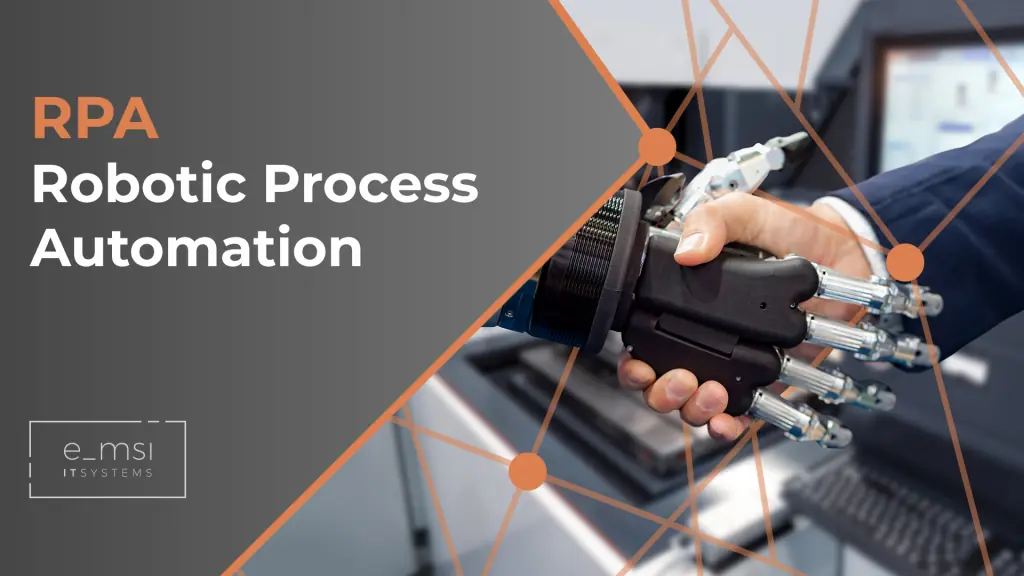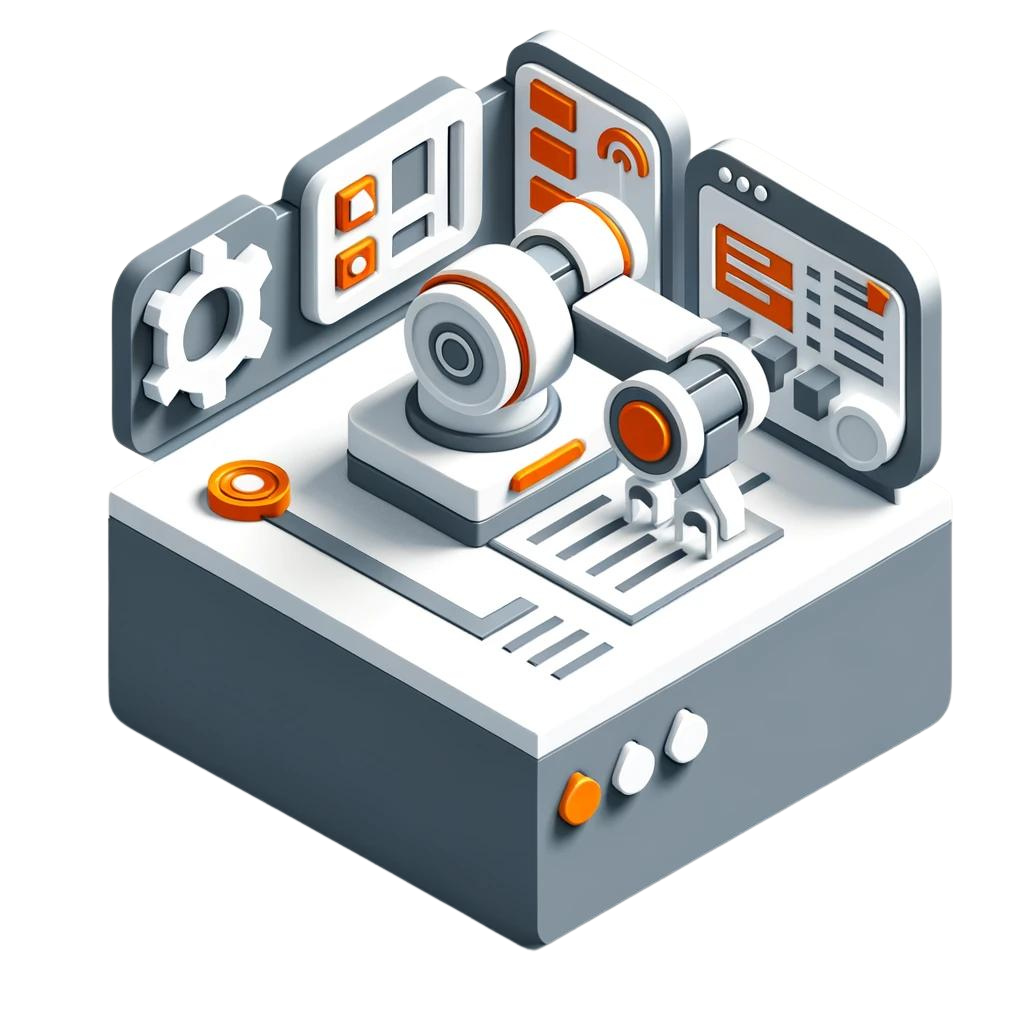Zaufali nam








Our clients often lookout for IT solutions, which can automate repetitive business processes, with the use of bots simulating employee’s work.
Most important research institutes recognise Automation Anywhere as the market leader in Robotic Process Automation.
Automation Anywhere delivers RPA software for automation, which allows the user to create their own bots, that can automate any business process.
RPA technology is based on a configuration of bots, which are system robots. Bots can do such tasks, as search, data sorting, report generation, starting processes and execute steps in processes without human help. Therefore, it is a kind of ‘virtual employee’, who does repetitive, time-consuming tasks, which can be boring for a physical employee.
The bot is programmed to recreate the repetitive tasks according to predefined rules. Hence, bots can download and send data between the systems, without the need for the physical need of turning on the interface of the external system. RPA bots can learn and can be cloned.
RPA bot work in the background
RPA Bot is invisible and almost infallible, whose steps can be tracked, changed and suited for the company’s needs.
RPA can replace sometimes time-consuming, and costly, in some cases impossible integration of internal systems. In such a case, the bot works as an employee, who manually turns on the systems and enters or transfers data between them. However, the programmed bot can do those tasks much faster than a human, and at the same time minimalize the risk of making a mistake.
RPA – as the next step in the digitalisation process
Digitalisation supports processes, by automation of their specific steps. This way, it helps employees to complete their tasks. Whereas, in Robotic Process Automation, the process is completely automated and done by a bot (virtual employee).
Robotics is the next stage of the industrial revolution. Businesses should endeavour to automate their processes to be recognised as modern and competitive. However, we do not encourage to perceive robotics as an opportunity to decrease the number of jobs within the company. Instead, we encourage to look at robotics, as the possibility to increase work and process efficiency. Businesses that already use RPA, have more time to focus on the development and direct contact with customers.
Benefits:
– Intuitive to use
The main focus of RPA is to make processes more effective, that means, improve its performance. For this, it is important to make the process easy to execute. For Automation Anywhere intuitiveness of entering and using RPA solutions is a priority.
– Fast process scaling
The system offers over 500 ready bots, which can start working immediately. Additionally, IT companies that implement the system, also create bots made to order. These bots can execute much more complicated and specific for the company processes. At the moment, Automation Anywhere customers use thousands of already implemented bots.
– Increased performance and minimalised risk of making a mistake
As there is no need to open the interface of the system, ‘clicking’ through the step of the process and sending data between systems by the physical employee, the processes have much better performance. RPA decreases the risk of making a mistake, as all of the steps in processes are performed in the background by trained bots.
– Automatic execution of steps related to invoice and payment processing
The system automatically analyses the data downloaded from the received documents. This way it can update customer’s data, as well as approve and process payments.
– Improvement of budget planning and analysis
Automation of data entry in a specific system and its formatting will give an employee more time for a broad analysis of the company’s budget.
– Automation of financial arrangements
In accounting, comparison of documents and data in necessary to minimalise the risk of making a mistake. All processes related to downloading, sending and comparing documents can be also automated with RPA.
– Better process management
All bot steps are controlled, editable and can be repeated. Hence, the management has better control over the processes.
– Supports the decision-making process
Data from performed processes is available in real-time. Therefore, business decisions can be deeply analysed and made faster.
JobRouter + Automation Anywhere
JobRouter also created a module called JobRPA, which is a part of JobRouter System. The module allows the external applications to connect with the system by simulation and reproduction of the user’s interactions.
What JobRPA can be used for?
- Defining entities for customers
- Automation of repetitive order processes
- Sending data to the website
- Data exchange from the process of invoice circulation with ERP system without available interface
- Generation of confirmations, for example, in case of incoming invoices
- Analysis of the main inbox and identification of what the message is related to
Error: Contact form not found.



